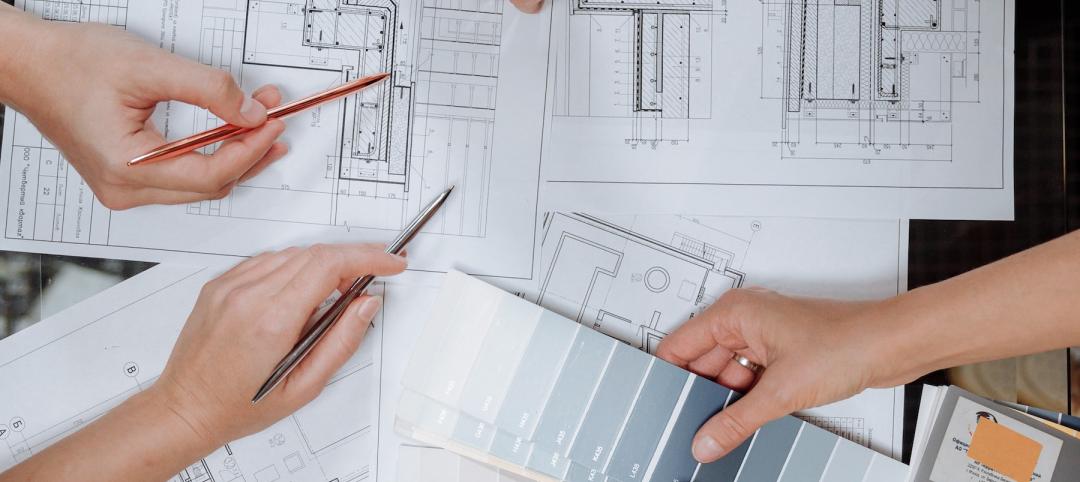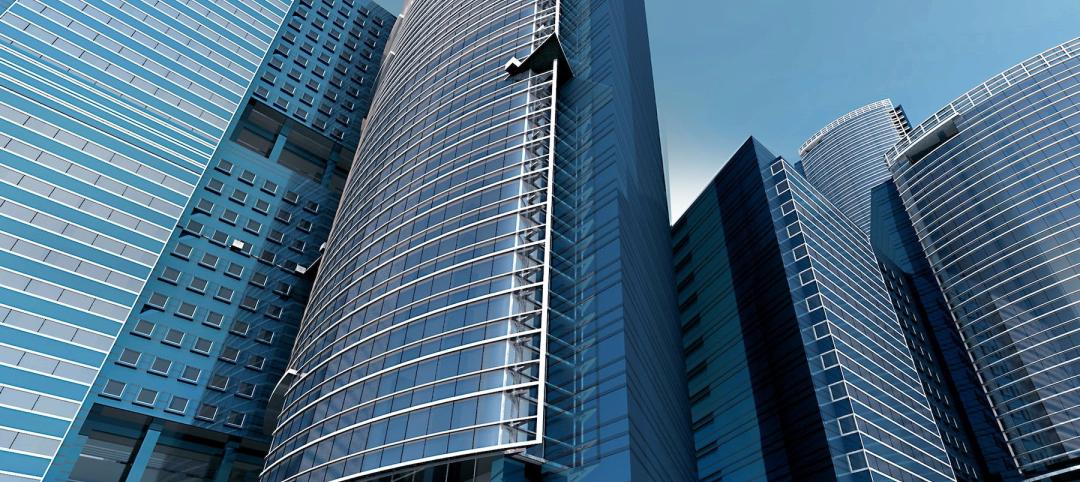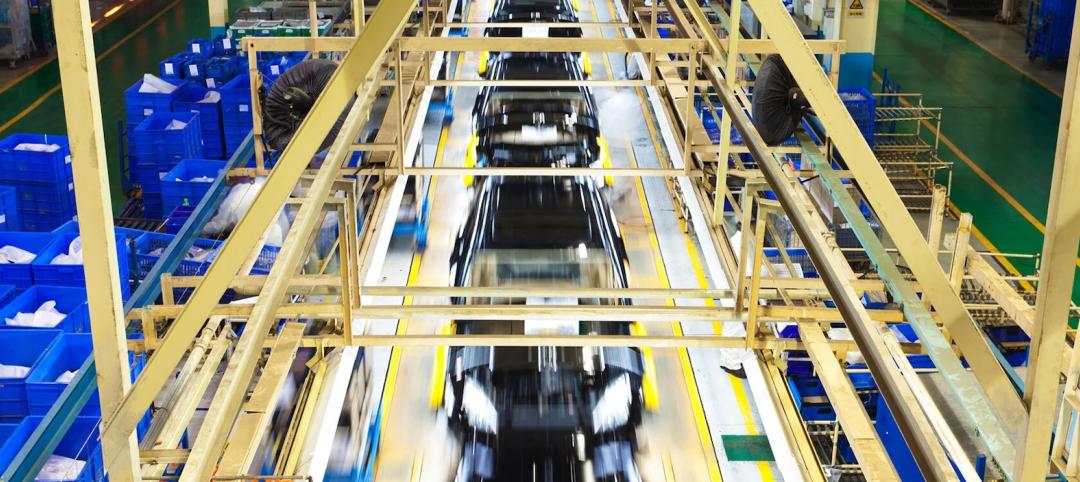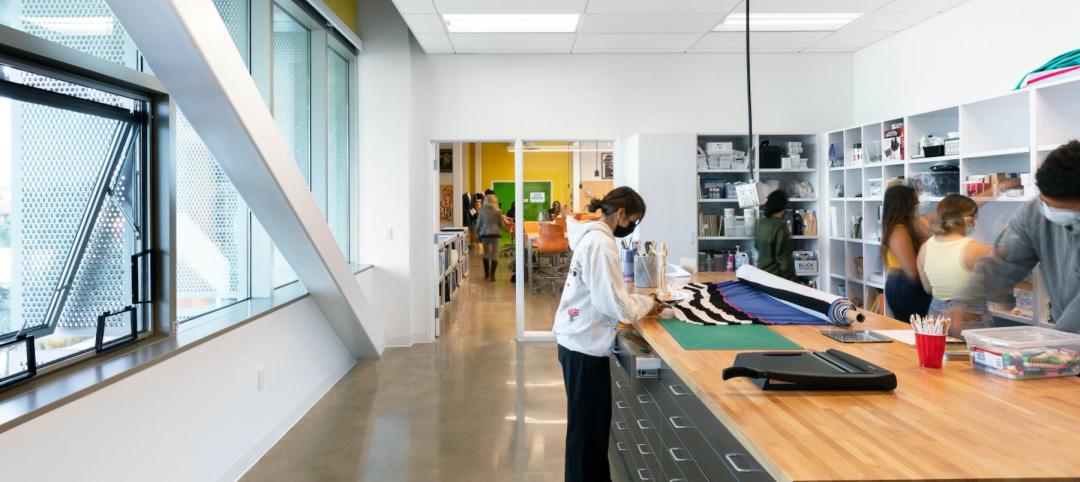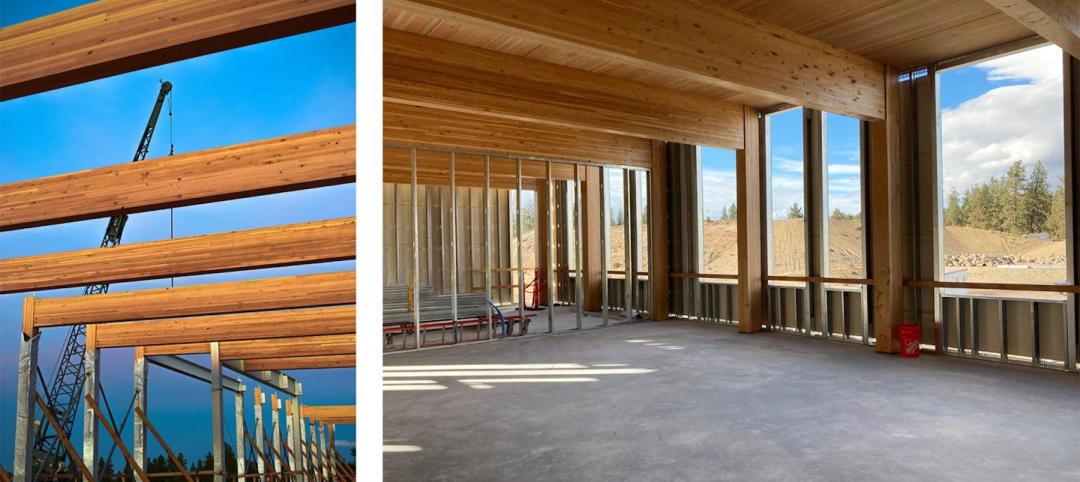Through the first five months of 2015, nonresidential construction spending is having its second best year since the Census Bureau began tracking the metric in 2002.
According to the July 1 release, nonresidential construction spending increased 1.1% on a month-over-month basis and 8.1% on a year-over-year basis, and totals $669.6 billion on a seasonally adjusted, annualized basis. From January to May, nonresidential spending expanded by 7.1%; the only year in which the segment saw faster growth was 2007. Since then, growth over each year's initial five months has averaged only 1.8%.
Perhaps the most notable aspect of May's release was the extensive upward revisions to three of the previous four months' data. January, February and April saw their nonresidential construction spending estimates revised upward by 2%, 1.4% and 2.4%, respectively. The Census Bureau also increased the estimate for May 2014 by 1.4%.
"Though there continues to be discontent regarding performance of the U.S. economy, the current situation should be viewed positively," said Associated Builders and Contractors Chief Economist Anirban Basu. "The U.S. economy has now entered the mid-cycle portion of its recovery, which often represents a period of sustained progress for the average nonresidential construction firm. As with prior months, the industry progress continues to be led by the private sector. Among private segments, manufacturing-related construction was at the frontline of construction spending growth in May."

"Moderate economic growth will allow interest rates to rise gradually, helping extend this mid-cycle," said Basu. "Although it took several years to get to this point of the recovery, contractors will find themselves steadily becoming busier, with margins gradually expanding. The principle obstacle to progress will be skilled labor shortages, which eventually will translate into faster inflation, rising interest rates and the move into the final stage of the current economic expansion."
Nine of 16 nonresidential construction sectors experienced spending increases in May:
· Manufacturing-related construction spending expanded 6.2% in May and is up by 69.5% for the year.
· Office-related construction spending expanded 1.6% in May and is up 24.6% compared to the same time one year ago.
· Lodging-related construction spending was up 3.2% on a monthly basis and 30.6% on a year-over-year basis.
· Lodging-related construction spending was up 5.5% on a monthly basis and 17.6% on a year-over-year basis.
· Spending in the water supply category expanded 0.9% from April, but is down 6.8% on an annual basis.
· Religious spending gained 1.4% for the month and is up 9.2% from the same time last year.
· Highway and street-related construction spending expanded 2.2% in May and is up 2.1% compared to the same time last year.
· Conservation and development-related construction spending grew 8.6% for the month and is up 27.3% on a yearly basis.
· Amusement and recreation-related construction spending gained 5.8% on a monthly basis and is up 29.8% from the same time last year.
· Communication-related construction spending gained 3.3% for the month and is up 15.7% for the year.
Spending in seven nonresidential construction subsectors fell in May:
· Education-related construction spending fell 0.8% for the month, but is up 1.8% on a year-over-year basis.
· Power-related construction spending remained flat for the month, but is 23.5% lower than the same time one year ago.
· Sewage and waste disposal-related construction spending fell 2.2% for the month, but has grown 13.3% on a 12-month basis.
· Public safety-related construction spending fell 7.9% on a monthly basis and is down 11.8% on a year-over-year basis.
· Commercial construction spending fell 1.7% in March, but is up 11.4% on a year-over-year basis.
· Health care-related construction spending fell 0.6% for the month, but is up 3.1% compared to the same time last year.
· Construction spending in the transportation category fell 0.9% on a monthly basis, but has expanded 5.4% on an annual basis.
Related Stories
| Aug 11, 2022
Report examines supposed conflict between good design and effective cost management
A report by the American Institute of Architects and the Associated General Contractors of America takes a look at the supposed conflict between good design and effective cost management, and why it causes friction between architects and contractors.
Energy Efficiency | Aug 11, 2022
Commercial Energy Efficiency: Finally “In-the-Money!”
By now, many business leaders are out in front of policymakers on prioritizing the energy transition.
High-rise Construction | Aug 11, 2022
Saudi Arabia unveils plans for a one-building city stretching over 100 miles long
Saudi Arabia recently announced plans for an ambitious urban project called The Line—a one-building city in the desert that will stretch 170 kilometers (106 miles) long and only 200 meters (656 feet) wide.
| Aug 10, 2022
U.S. needs more than four million new apartments by 2035
Roughly 4.3 million new apartments will be necessary by 2035 to meet rising demand, according to research from the National Multifamily Housing Council (NMHC) and National Apartment Association.
| Aug 10, 2022
Gresham Smith Founder, Batey M. Gresham Jr., passes at Age 88
It is with deep sadness that Gresham Smith announces the passing of Batey M. Gresham Jr., AIA—one of the firm’s founders.
| Aug 9, 2022
Work-from-home trend could result in $500 billion of lost value in office real estate
Researchers find major changes in lease revenues, office occupancy, lease renewal rates.
| Aug 9, 2022
5 Lean principles of design-build
Simply put, lean is the practice of creating more value with fewer resources.
| Aug 9, 2022
Designing healthy learning environments
Studies confirm healthy environments can improve learning outcomes and student success.
Legislation | Aug 8, 2022
Inflation Reduction Act includes over $5 billion for low carbon procurement
The Inflation Reduction Act of 2022, recently passed by the U.S. Senate, sets aside over $5 billion for low carbon procurement in the built environment.
| Aug 8, 2022
Mass timber and net zero design for higher education and lab buildings
When sourced from sustainably managed forests, the use of wood as a replacement for concrete and steel on larger scale construction projects has myriad economic and environmental benefits that have been thoroughly outlined in everything from academic journals to the pages of Newsweek.



